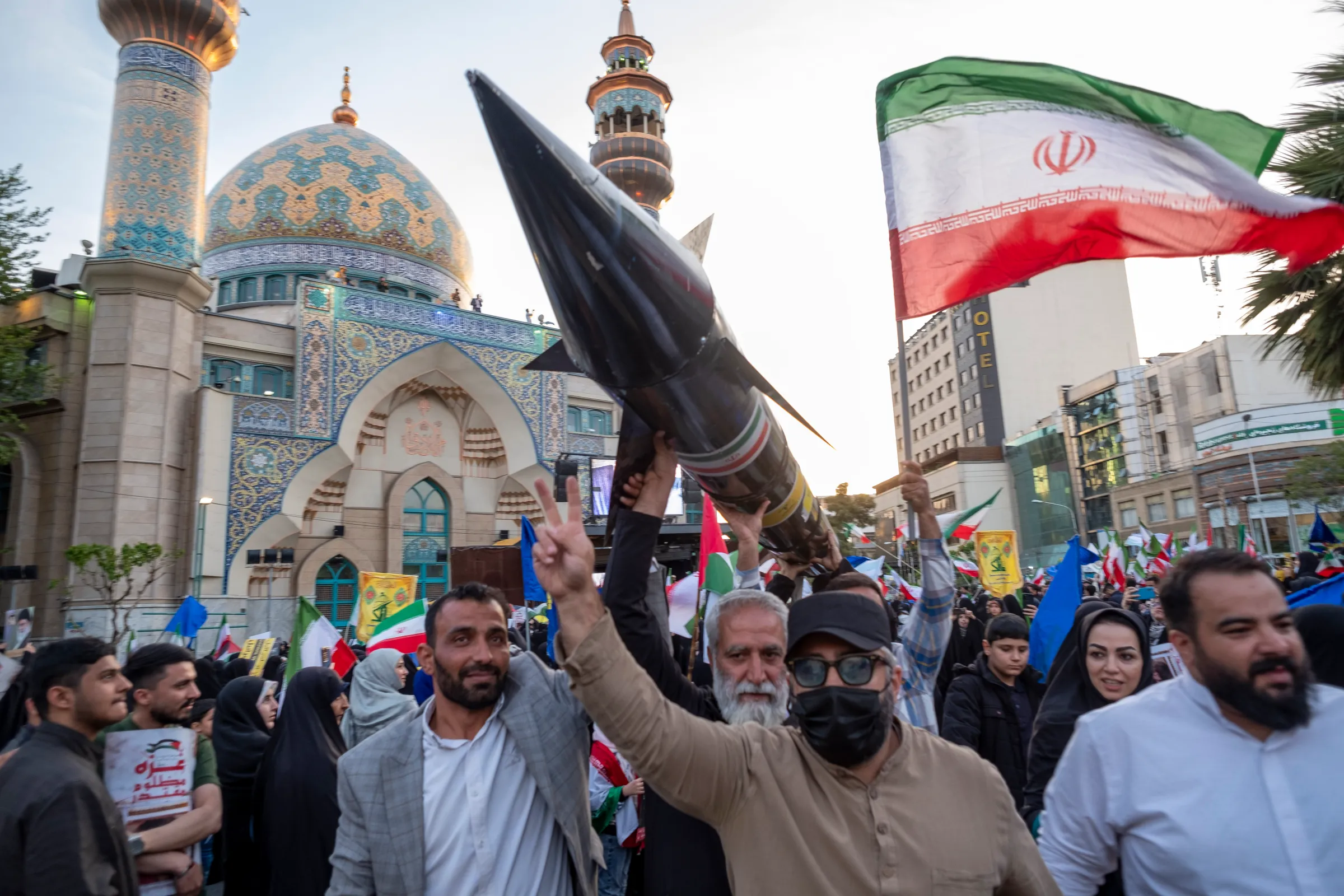
For decades, simmering tensions between Israel and Iran have defined their relationship, but direct attacks between the two had been unheard of—until now. On April 13th, Iran launched hundreds of missiles and drones at Israel, marking the first direct attack by Iran on Israel after years of engaging in shadow warfare. This serious escalation has raised alarm bells globally, igniting fears of a full-scale conflict erupting in the already volatile Middle East. But what led to this escalation, and what could it mean for the two countries and the rest of the world?
A Historical Overview
Reflecting on the tumultuous relationship between Iran and Israel over the past two decades, it’s easy to overlook that these nations were once allies with a history of friendly relations and cooperation across various spheres. Unlike the present situation, Iran emerged as the second Muslim-majority nation, following Turkey, to acknowledge Israel’s formation in 1948. This decision was made despite intense opposition from other Arab nations, some of which engaged in direct military conflict against Israel. Notably, Iran refrained from participating in the first Arab-Israeli War and instead opted to establish diplomatic relations with Israel following its victory in the conflict.
During that era, Iran boasted one of the largest Jewish communities in the Middle East, fostering amicable relations. This camaraderie was cultivated under the leadership of Shah Mohammad Reza Pahlavi and Israel’s first Prime Minister, David Ben-Gurion. Together, they sought to form alliances with Turkey and Iran to counter the animosity of non-Arab states. Despite an economic boycott imposed by Arab nations, Iran continued to sell oil to Israel. In response, Israel’s Mossad spy agency provided training to the Shah’s feared SAVAK secret police. Notably, both the Shah and Israel received support from the United States. Diplomatic ties were formalized with Israel establishing an embassy in Tehran, and there was an exchange of ambassadors in the 1970s. This period also witnessed a flourishing of trade as well as military and security cooperation between the two nations.
The Turning Point: 1979 Islamic Revolution
However, the landscape shifted dramatically following the 1979 Islamic Revolution in Iran, which saw the overthrow of the Shah and the establishment of a religious state. Ayatollah Ruhollah Khomeini introduced a new perspective that emphasized Islam and viewed Israel as an occupier of Palestinian territory for its own gain. Khomeini referred to Israel as the “Little Satan” and the United States as the “Great Satan.” Israel also refused to acknowledge the establishment of the new Islamic Republic, and Iran severed all diplomatic ties with Israel, implementing travel and flight restrictions to the Jewish state. The Israeli embassy was repurposed as the Palestinian embassy.
Iran also embarked on a mission to expand its influence in the Middle East, setting the stage for friction with regional powers such as Saudi Arabia and Israel, both of which enjoyed the support of the United States. While informal commercial connections between the two countries continued, their relationship rapidly deteriorated, leading to a shadow war between the two nations. Iran built up and provided substantial support to proxy militias and groups in countries like Syria, Iraq, Lebanon, and Yemen. Notably, the Islamic Jihad emerged as one of the first Palestinian organizations backed by Iran to engage in armed resistance against Israel.
The Shadow War
Over the years, both Iran and Israel have engaged in covert warfare targeting each other’s interests across the Middle East. Israel is suspected of assassinating Iranian nuclear scientists and sabotaging atomic facilities within the Islamic Republic, such as when Israel conducted air strikes on Syrian airports to disrupt Iranian arms shipments. Conversely, Iran is suspected of orchestrating numerous bombings and attacks against Jews and Israeli interests throughout the decades.
In 2010, the United States and Israel were suspected to have engineered a disruptive computer virus named Stuxnet that reportedly inflicted significant damage on Iran’s nuclear program. This cyber assault became the first widely acknowledged digital strike on industrial infrastructure. Iran’s Natanz uranium enrichment facility bore the brunt of Stuxnet’s impact, with multiple centrifuges succumbing to its destructive force.
Since 1979, Iranian leadership has consistently reiterated the need to bring an end to Israel, condemning its occupation of Palestinian territories. In response, Israel ramped up security measures to fend off potential threats from Iran. Tensions escalated further when Israeli Prime Minister Benjamin Netanyahu criticized the Iran nuclear deal brokered by global powers, labeling it a “historic mistake.”
The Recent Escalation
On April 1st, things took a dramatic turn as suspected Israeli warplanes unleashed a strike on the Iranian embassy in Syria, killing at least 12 people. Among the victims were two Iranian generals and five officers from the Islamic Revolutionary Guards’ Quds Force. Notably, the attack led to the death of Mohammad Reza Zahedi, the Iranian commander tasked with overseeing foreign alliances. His death is the most prominent since the targeted killing of Iran’s General Qasem Soleimani in 2020 by a US drone strike.
This assassination marked a significant escalation in the ongoing shadow war between the two nations, fueling fears of imminent retaliation from Iran. True to expectations, the response came on Saturday, April 15th, as Iran unleashed hundreds of drones and missiles targeting various locations across Israel. While Israeli and American officials claimed a staggering 99% interception rate, Iran hailed the assault as a triumph, asserting its purpose to deter, punish, and caution the Zionist regime.
The Global Reaction and Future Implications
It wouldn’t end there. Israel launched missiles into Iran on Friday, April 19th, fulfilling its promise of retaliation following Iran’s retaliatory strikes on April 13th. World leaders have continued their calls for a de-escalation of the conflict, and many are fearing the worst is yet to come. However, analysts have suggested that the scant information available regarding the extent and impact of Israel’s latest strike, as well as both countries appearing to downplay the attack and Iran signaling no retaliation, points to an effort to de-escalate regional tensions.
While the prospect of reduced tensions offers a glimmer of hope, we cannot be so sure where this will eventually lead. The situation remains precarious, and the potential for further clashes cannot be ruled out.
Conclusion
The recent direct attack by Iran on Israel marks a significant escalation in their long-standing conflict, raising concerns about the potential for a broader conflict in the Middle East. The historical context of their relationship, from allies to adversaries, underscores the complexity and volatility of the situation. As the world watches closely, the calls for de-escalation and diplomacy become ever more urgent.
Outro: Do you think Iran and Israel are genuinely pursuing de-escalation, or are further clashes on the horizon? Share your thoughts in the comments below.



